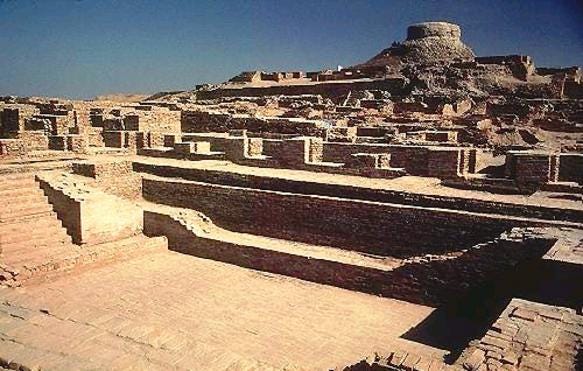Member-only story
What Will Future Archaeologists Think of Us?
What does our material culture say about our priorities?
When archaeologists dig in the ruins of ancient cities, they face a difficult puzzle. As they sort through the remains of big things like buildings and small everyday items, they have to figure out what these things actually were and, more importantly, what they meant to the people of the past.
Sometimes this task is pretty easy — we have a text that explains the objects to us, or we find something with an unmistakable purpose. The building with inscriptions to a god all over it is likely a temple. The building full of ovens is a place for making food.

Other objects are harder to decipher. Take the “Great Bath” at Mohenjo-Daro, in modern-day Pakistan. It’s essentially a big swimming pool — the oldest in world history — placed in a prominent position in the city. But what was it for? Did the ancient Indus Valley civilization really enjoy aquatic sports? Did they like to cool off in hot weather? Did they just want a big tank of drinking water to be available for all?

We can’t know the answer to this because we haven’t deciphered the Indus civilization’s writing. So historians have to guess, and they’ve generally guessed that the Great Bath was built for religious purposes — maybe some sort of purification ceremony.
The logic of this makes sense — why would ancient people put so much effort into a project like the Great Bath or the Pyramids? Why would they allocate so much prime real estate to them? People must have held sacred these places and the things that happened in them.
Whether sites like the Great Bath were really religious, we can know one thing for sure — they reveal these ancient societies’ priorities. People would not have put in the effort required to build such places by hand unless these places reflected the most significant concerns of their societies.
